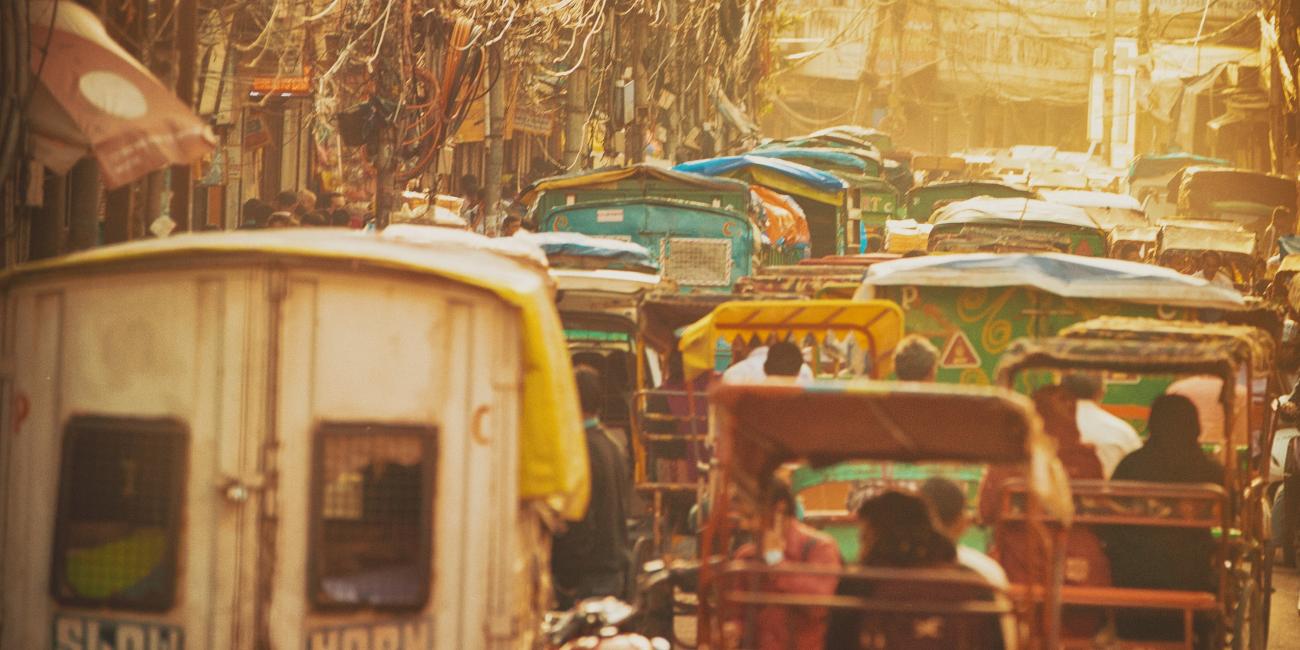Reports: DBTL Performance Evaluation: Insights from the world's largest subsidy benefit transfer scheme
May 31, 2016
The Government of India launched the Direct Benefit Transfer for LPG (DBTL) scheme to provide LPG subsidies directly into consumers’ bank accounts with the aim of curbing diversion and weeding out duplicate connections.
This study conducted an independent performance evaluation of the modified DBTL scheme, with a focus on assessing the efficacy of the scheme against its stated objectives and its implementation process, as well as the experiences of key stakeholders with the scheme’s implementation and impact. The report unravels the difficulties faced by different stakeholders and puts forward suggestions for reforms. Finally, it provides insights into the lessons learned from the scheme’s implementation. The study surveyed 1,270 households and 92 LPG distributors, interviewed field officers and bank managers, officials at the oil marketing companies and the Ministry of Petroleum and Natural Gas (MoPNG).

